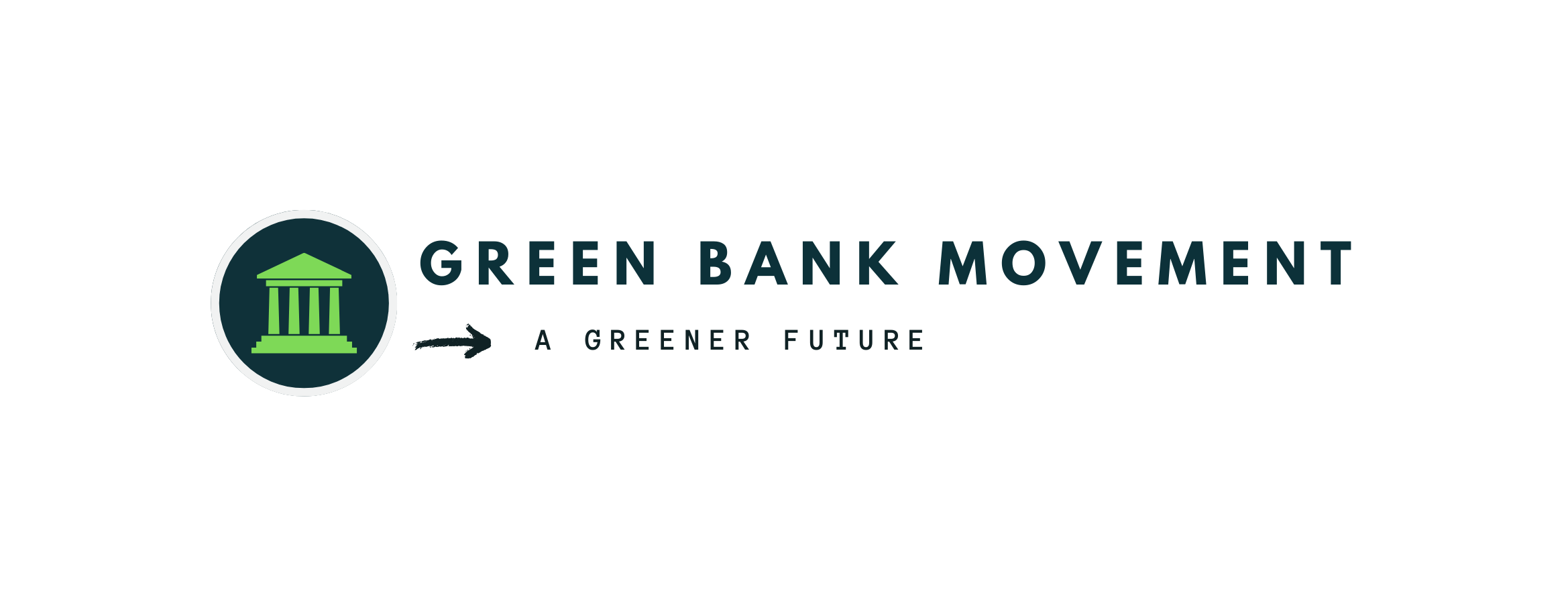CREATING A GREEN BANK
YOUR GUIDE TO IMPLEMENTATION
Similarly, a government’s working budget isn’t the only kind of public funding that can capitalize a green bank. For example, Nevada’s green bank, Nevada Clean Energy Fund is the nation’s first green bank created by a Republican Governor, and like NYCEEC, the initial funding for NCEF was provided by the Governor’s Office of Energy (GOE) from unused American Recovery and Reinvestment Act funds.
Nevada created a new non-profit institution through legislation, however, instead of allocating resources from the government’s public budget, they decided to capitalize the green bank with leftover federal resources.
If the green bank approach is considered, policymakers and stakeholders will need to assess state and local market conditions, energy infrastructure, current technologies, supportive and unsupportive climate policies, political conditions, and lastly, the availability of public resources.
Once that assessment is completed, policymakers can identify what policy and institutional levers they have at their disposal, and tailor a plan around those conditions.
There are many barriers to accelerating the transition, and political opposition doesn’t have to be the biggest. Green banks give policymakers the institutional flexibility they need to address the severity of the climate crisis while bypassing administrative burdens and maximizing the impact of all public resources. When policymakers incorporate the green bank method into a multi-dimensional policy framework, it can accelerate the transition toward a low-carbon and climate-resilient economy in a shorter timeframe while building a system that can sustain those results at scale.
The clean energy transition faces a series of implementation obstacles at all levels of government. This makes it difficult for lawmakers to develop all-around policy plans that can address both the ongoing crisis and mitigate the social and economic ramifications of the populations more vulnerable to a changing climate.
Green banks provide policymakers the flexibility to establish carbon-reducing goals and a pathway for effective implementation. For example, before Pennsylvania established its 2021 climate goals, the city of Philadelphia created the Philadelphia Energy Authority (PEA) an independent municipal authority focused on energy affordability and sustainability. In 2016, PEA launched the Philadelphia Energy Campaign to create 10,000 jobs, invest $1 billion in clean energy and energy efficiency projects, strengthen communities, cut energy bills, and reduce the city’s carbon footprint. To support PEA’s programs and generate the financial resources needed to support those objectives, PEA developed an“affiliate” non-profit green bank, Philadelphia Green Capital Corp (PGCC) to accelerate clean energy deployment throughout the city.
This is an example of how a local government took an unordinary approach to climate policy and used its resources, time, labor, and capital effectively.
The green bank method doesn’t just unlock capital for climate adaptation and mitigation, but it provides policymakers with implementation flexibility that can maximize the impact of every public dollar invested.



